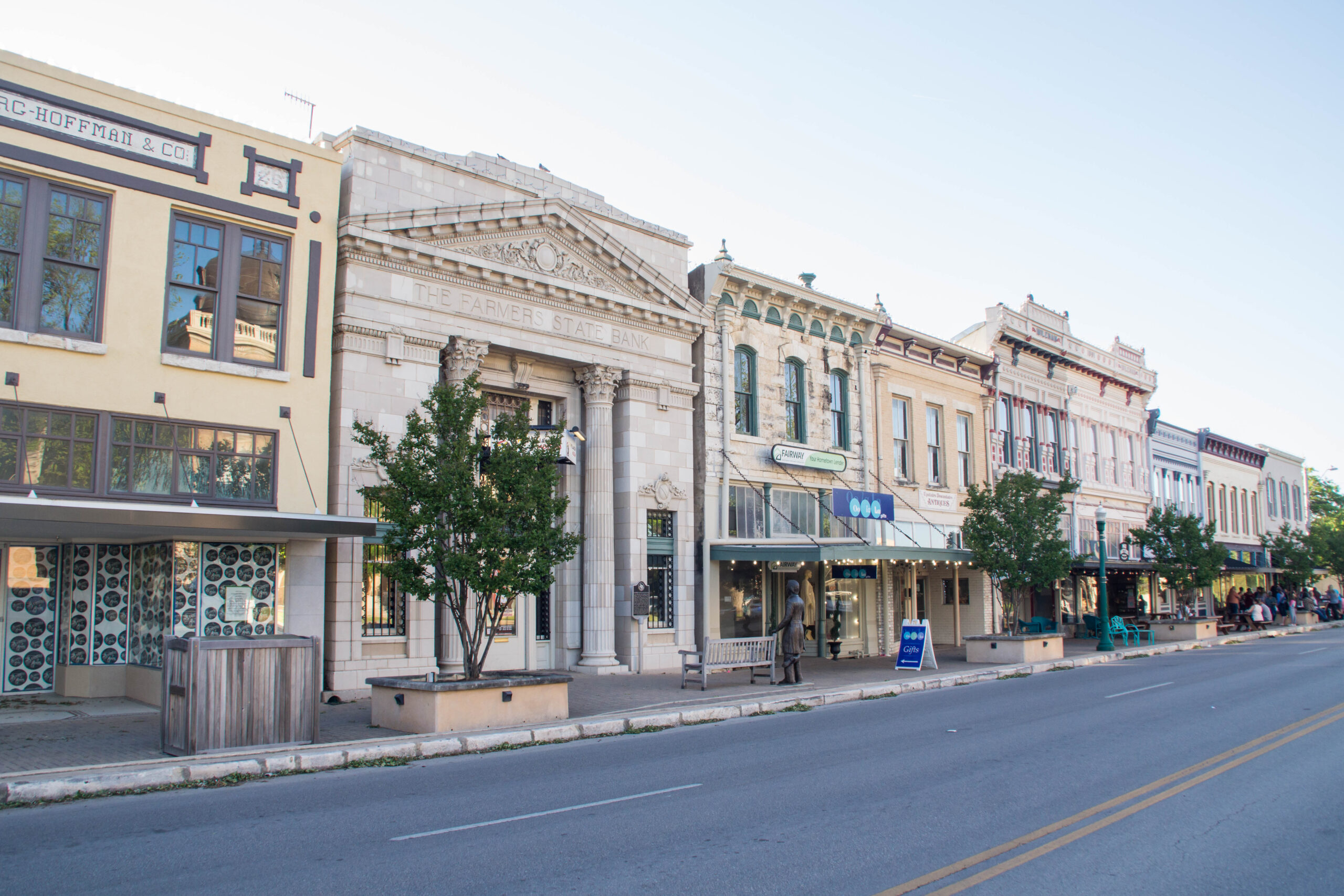
Ridesharing is a saving grace for individuals who enjoy going out without the burden and risk of driving home afterward. In fact, ridesharing might be one of the best options to prevent drinking and driving, but it can’t completely protect you from getting in trouble with the law after a night out.
While it’s improbable to get arrested for a DWI by taking an Uber, Lyft or Taxi, you could still land in hot water for public intoxication if your driver is pulled over.
How A Police Officer Determines Public Intoxication
Whether you’re pulled over for a traffic violation or you’re stopped on the street for suspicion of intoxication, a police officer will attempt to determine whether or not you’re intoxicated. How do they determine this? First, like most of us, they simply rely upon their general observation skills to see if a person may be impaired. Indicates of impairment include stumbling or unsteady balance, acting erratically, loud or slurred speech, and many others. One that happens too often this time of year, and is a definite sign of intoxication, is going to the bathroom in an alley or behind a dumpster. Simply put, if you gotta go, find a bathroom.
After stopping you, law enforcement will be to rely upon their other senses, namely smell, as an added indicator of alcohol. If you smell of metabolized alcohol, and you are loud, obnoxious, have slurred speech, or don’t know where you are, odds are that law enforcement will reach the conclusion that you are intoxicated and move on to other, more invasive tests to determine just how intoxicated you may be.
Part of these additional tests to determine the level of intoxication or impairment include field sobriety tests or a breathalyzer test. Usually, an individual stopped while walking on the street won’t be subjected to a field sobriety test because they’re already exhibiting the signs that provide cause to believe they are intoxicated. However, it’s an easy bet that an individual could be asked to participate in a breathalyzer test while out on the street.
On a side note, don’t try to take an electric scooter home after drinking. Not only can scooters be difficult to operate while sober, trying to operate one after a few drinks is even more difficult. Finally, while there is yet to be the case in this area on point, don’t forget that the scooter does have a motor. So, depending upon where you are, I wouldn’t be surprised if some over-zealous police officer tried to classify that scooter as a motorized vehicle.
Ridesharing Companies May Drop Clients Due To Suspicion Of Intoxication
Several ridesharing services, such as Uber, have gained massive appeal for being an accessible alternative to the traditional Taxi, especially since it prevents individuals from drinking and driving. However, Uber is now considering the risks associated with providing rides to potentially intoxicated passengers.
While the practice of picking up passengers who otherwise can’t drive themselves is at the core of the business model for companies like Uber and Lyft, there are inherent risks to catering to intoxicated patrons. Unfortunately, there are various reports about intoxicated or impaired, patrons causing issues while in an Uber or Lyft, some of which involve violence towards the driver, or just plain rudeness towards the driver. Because of such reports, some services are beginning to let their driver’s know if the potential patron is seeking a ride from an area that is more likely to have intoxicated individuals – such as the entertainment district, club district, or a sporting event, so the driver can determine if they even want to pick up the passenger or not.
In addition to using one’s location, these services are developing systems that use artificial intelligence to identify passengers who have been drinking and may present these dangerous behaviors during a ride. These methods to identify these particular passengers include detecting how quickly and accurately passengers type information, their walking speeds, angles at which the phone is being held and by environmental factors such as day, time, and location.
While such screening methods seem sound at first blush, they still rely upon certain assumptions when reaching a conclusion. Just because someone types slowly, or reads and responds to a message slowly does not necessarily indicate a level of intoxication – it could mean that they are distracted. As such, a more accurate way to make an initial assessment about whether someone may, or may not be intoxicated is through physical observation.
Refusing To Take A Test If You’re Suspected Of Public Intoxication
If you are under 21, refusing a blood, breathalyzer or urine test to determine the blood-alcohol level or intoxication when under suspicion of public intoxication carries the same consequences that would occur if you refused while under suspicion of a DUI. If you are under 21 and refuse a breath or blood test when under suspicion for public intoxication, your license could be administratively suspended for 30, 60, or 90 days. Remember, the administrative suspension is separate and apart from a license suspension resulting from a criminal conviction.
If you are arrested for public intoxication or driving while intoxicated, the facts and circumstances surrounding your arrest are just as important as the time you have to prepare your defense.
